Mother Nature must have had a pretty sick sense of humour when she created Australia.
We live in one of the most breathtaking environments on the planet with rainforests and mountain ranges, crystal blue waters, sandy white beaches and deadly animals ready to kill you everywhere. No really, EVERYWHERE!
Crocodiles, spiders, snakes, bugs, jellyfish – we’ve got it all. And while they might not want to kill you, they can, very painfully, even when it’s not on purpose.
So, here are 7 animals Down Under you need to stay away from…

Australian Saltwater Crocodiles
Crocs are the most dangerous animals in Australia.
They are big, aggressive, fast, territorial, and there are plenty of them across Australia’s top end.
They can reach lengths of up to 6 or 7 meters for males and 2.5 to 3 meters for females, but anything over 5 meters is rare.
These crocs kill on average one to two people per year.
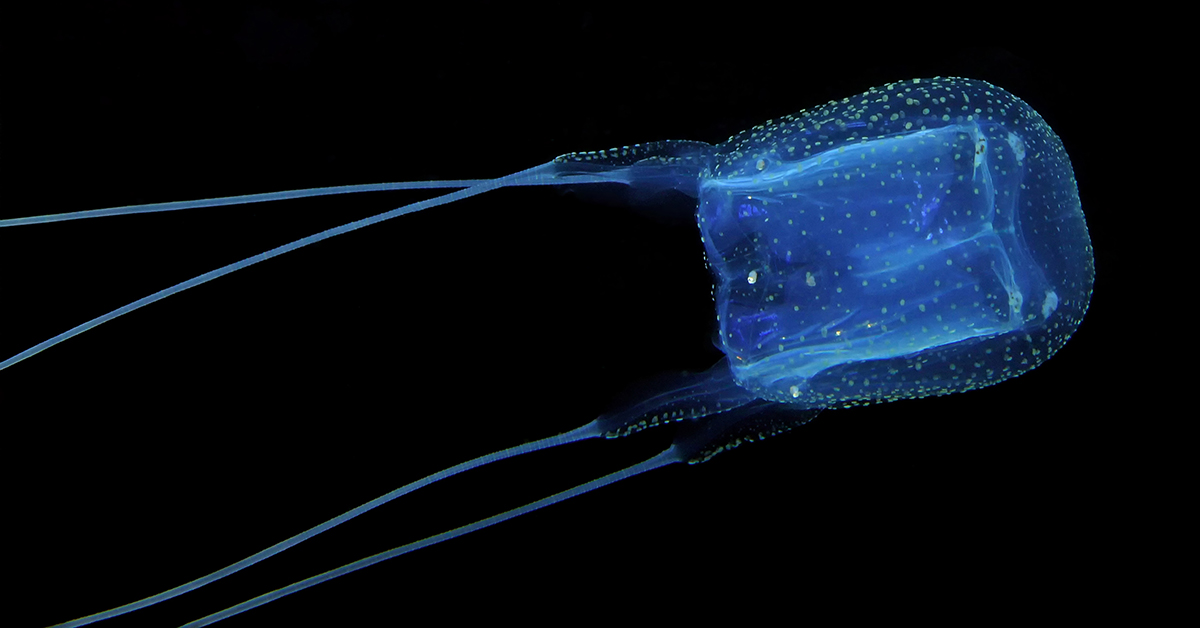
Box Jellyfish
The Australian box jellyfish or the Indo-Pacific box jellyfish is proof that most pretty things are dangerous.
One touch from the tentacles of this lethal creature, technical name Chironex Fleckeri, would likely send you to a watery grave faster than any other marine animal on the planet.
Living in the warm coastal waters of northern Australia all year round, these stingers not only set themselves apart from other jellyfish with their fatal venom but they can swim at a speed of up to four knots.

Funnel web spider
Funnel web spiders are a highly venomous breed of spider native to Australia and as its name suggests, it’s usually found within a 100km radius of Sydney.
According to The Australian Museum the Sydney Funnel-Web Spider is probably responsible for all recorded deaths (13) and many medically serious bites.
Despite common myths, funnel web spiders cannot jump and they cannot live at the bottom of your pool for the winter. But they can sort of swim and they breathe though air pockets on their underside so they can technically hold their breath in a pool for a few hours before the chlorine would kill them.
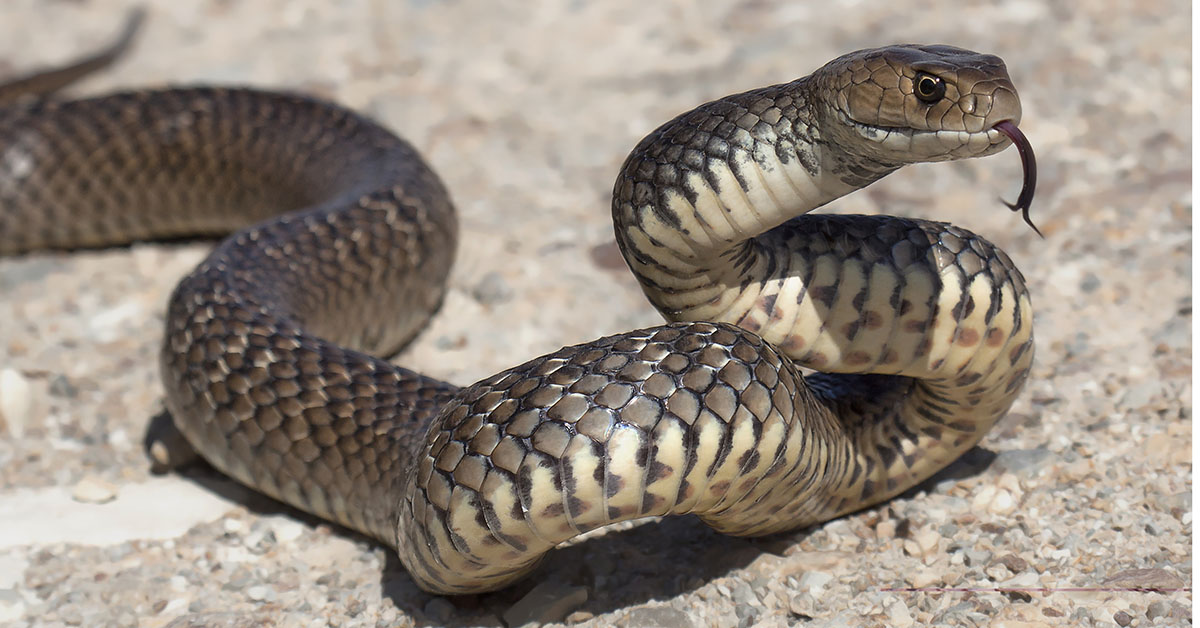
Eastern brown snake
The eastern brown snake, or brown snake, is considered the world’s second most venomous land snake.
These snakes are highly territorial which is problematic because they seem to enjoy taking up residence in populated areas in mainland Australia, where they can access to rats and other rodents.
One thing to know about the Eastern brown snake is that their initial bite is generally painless which can cause some to be complacent about getting rapid medical attention – if you are envenomed by a brown snake it will prove fatal if anti-venom is not administered.
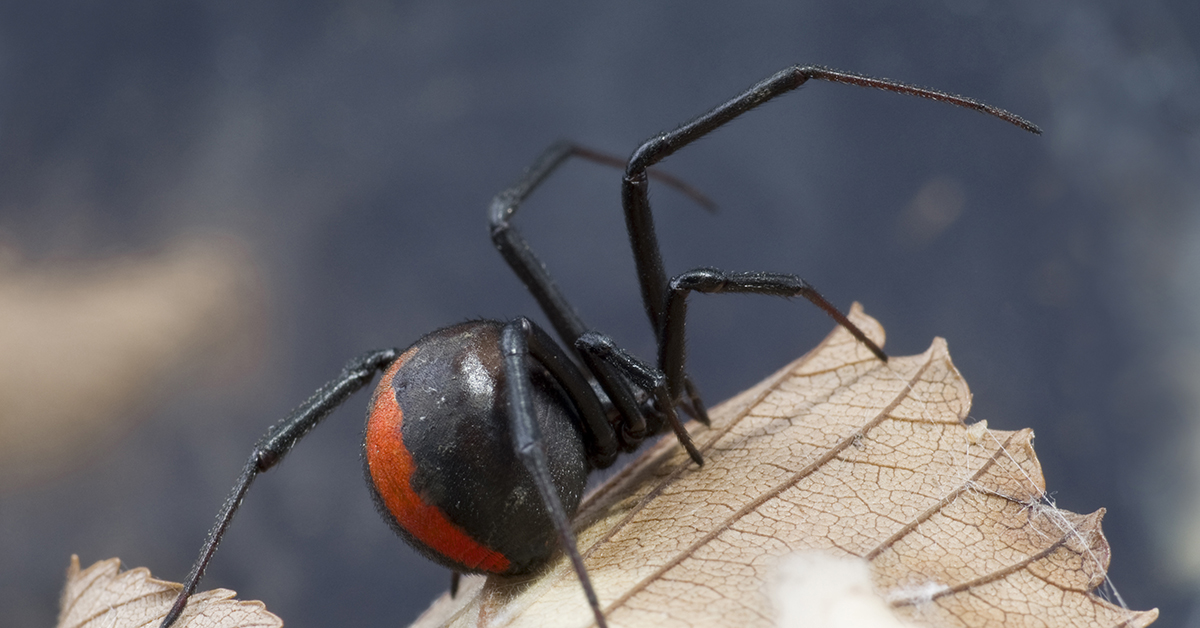
Redback spider
Redback spiders are found throughout Australia in many habitats, including urban areas. They often hide in dry, sheltered places such as garden sheds, mailboxes and under toilet seats.
Numbers of redback spider bites are uncertain, but about 2,000 are reported each year and about 250 people receive antivenom. No deaths have been recorded since redback antivenom became available in the 1950s.
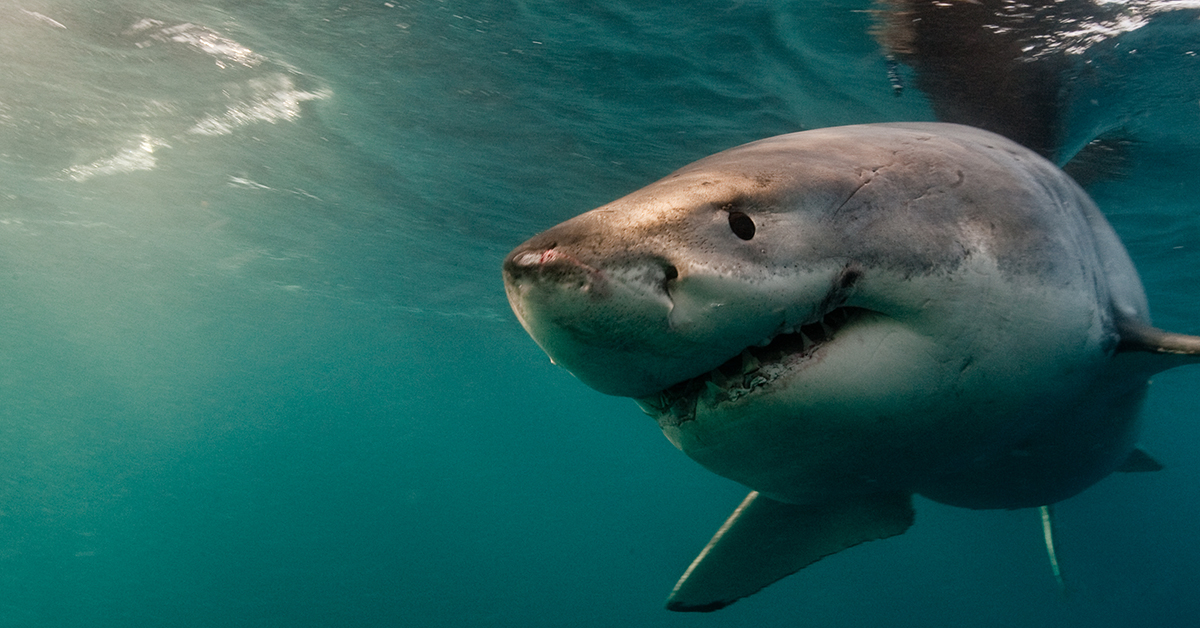
The Great White Shark
Great White numbers have declined in Australian waters, with estimates suggesting a reduction of 50-70 per cent over the past 50 years but that doesn’t mean you shouldn’t look out for them.
Great Whites live in waters all around Australia and can be found close inshore around rocky reefs, surf beaches and shallow coastal bays, to outer continental shelf and slope areas.
According to the Australian Shark Attack File (ASAF), Great White, Tiger and Bull sharks made up 96 per cent of all fatal unprovoked shark attacks in Australia.
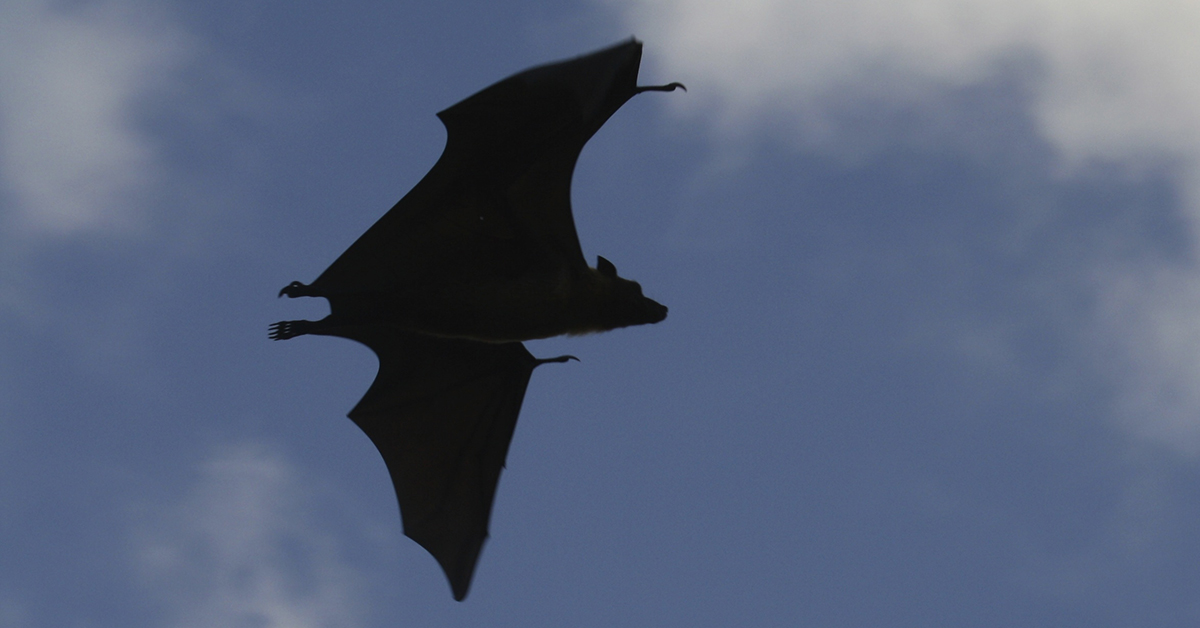
Bats
While the rabies virus does not currently occur in land-dwelling animals in Australia, the ABLV does occur in bats in Australia, and can be transmitted from bats to humans and to other animals, reports the Australian Department of Health.
Only three cases of human infection with ABLV have been recorded since the virus was first identified in 1996, but authorities warn people not touch bats anywhere in the world, including Australia “even if you want to help a sick or injured bat.”
Rabies is serious and there is no available treatment for the virus once symptoms have started.
VIDEO: Watch a new-born king brown snake take its first breath
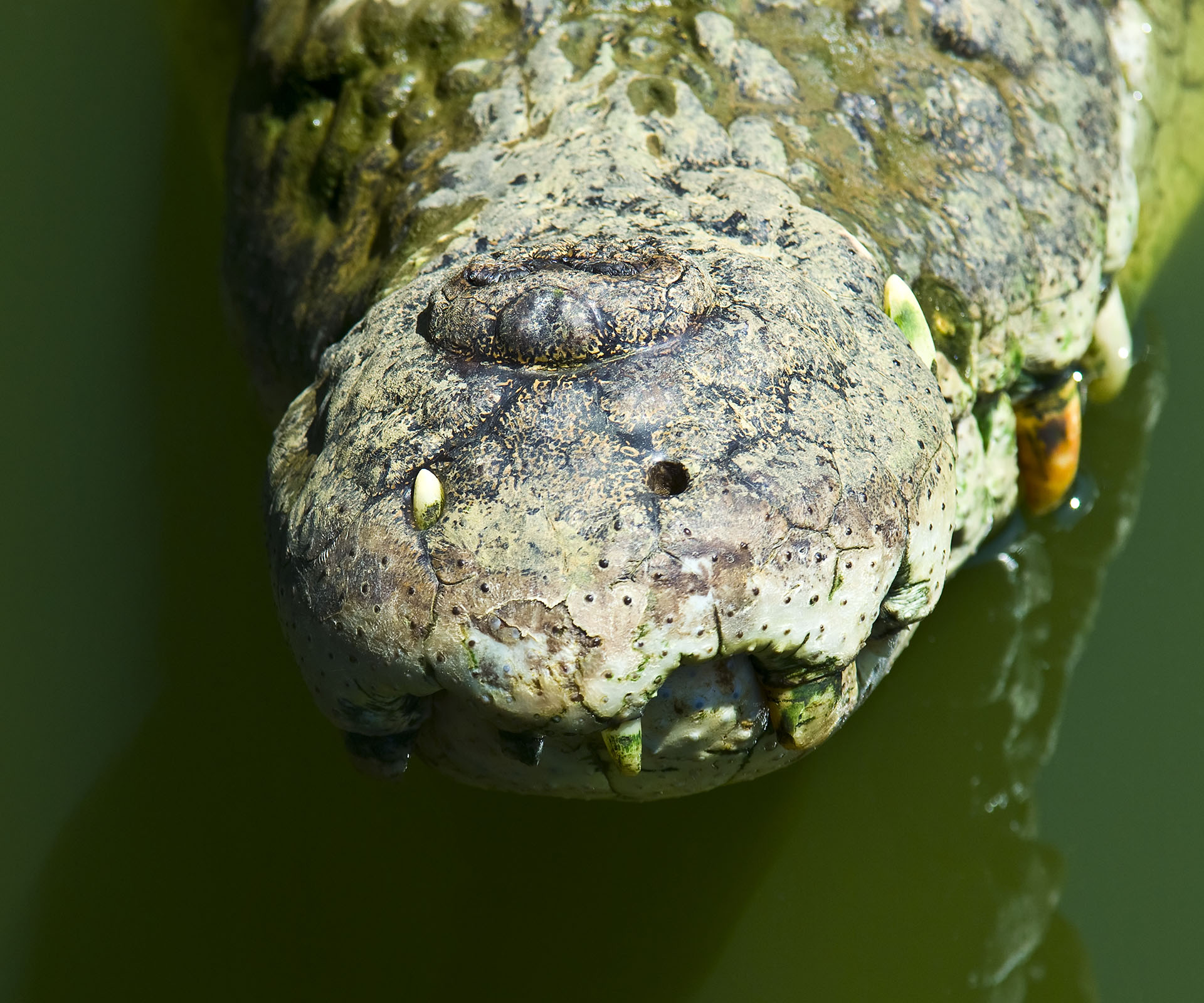

.jpg)

